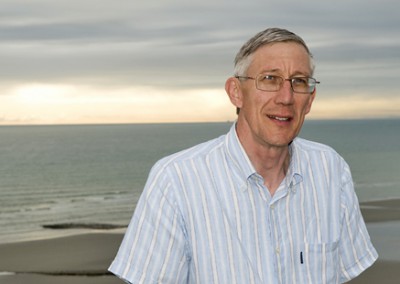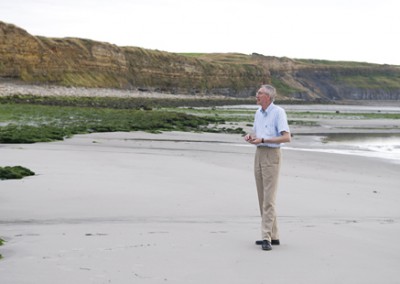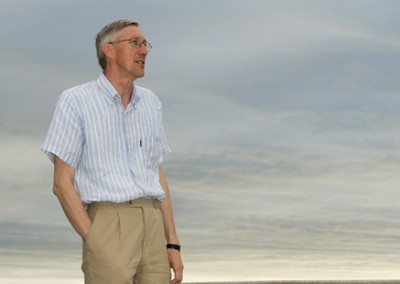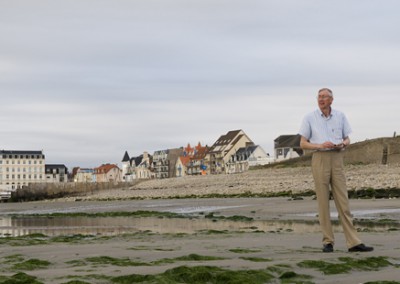Emile Hoden – Wimereux
Whenever he’s on holiday, Emile Hoden never goes anywhere without his file full of photos and documents on the region so that he can extol the virtues of the Opal Coast to his campsite neighbours. He is proud of the Pas-de-Calais and wants everyone to know it. “People come here for the fresh air, to walk, to appreciate the ever-changing colours of the sky and, with a bit of luck, to enjoy some good weather.” If you do come across Emile, he’ll have a pair of binoculars and his file with him, which will give you a good idea of what you’ll find in and around Wimereux.
His favourite activity is hiking, whether it’s to the Pointe aux Oies, along the banks of the River Slack, through the Denacre valley, or elsewhere. He talks with great passion about the multitude of attractive landscapes such as grey and yellow cliffs, dunes, woods and valleys that surround Wimille and Wimereux. “My parents were children during the First World War, so they were able to tell me lots of stories about Wimereux.”
The local sport here is “faire la digue” – a walk along the sea wall. This seaside resort is endowed with a rich history. “I’m not a historian… as a Greeter I see myself more as a facilitator. Depending on the age of visitors I will pass on some recommended addresses, as well as some ideas for local walks and excursions. During my time with them I will also share some of my local knowledge and memories.”
It turns out that Wimereux means “the river of the gorse”; that “le Welsh”, a dish that you see on the menus in brasseries here, was introduced by the Welsh who came to Boulogne to work in factories specialising in feathers for the production of writing quills; that the Fort de Croy disappeared suddenly in the 1950s; that after the war the beach at Wimereux was littered with bits of scrap metal and that a wall was built on the promenade. Hard to imagine given the attractive villas that now embellish this seaside resort!
